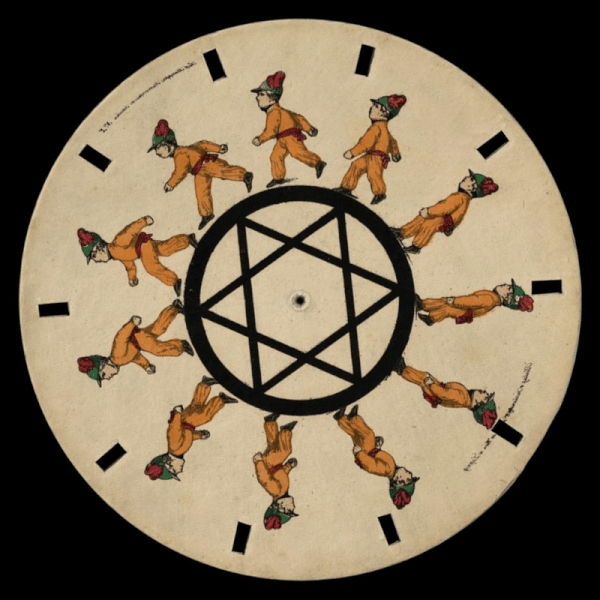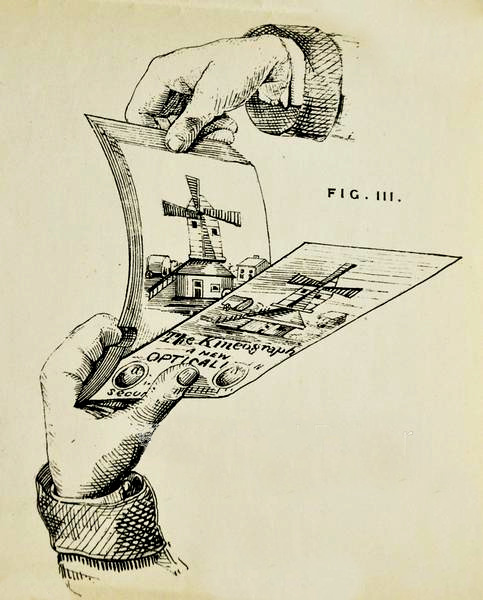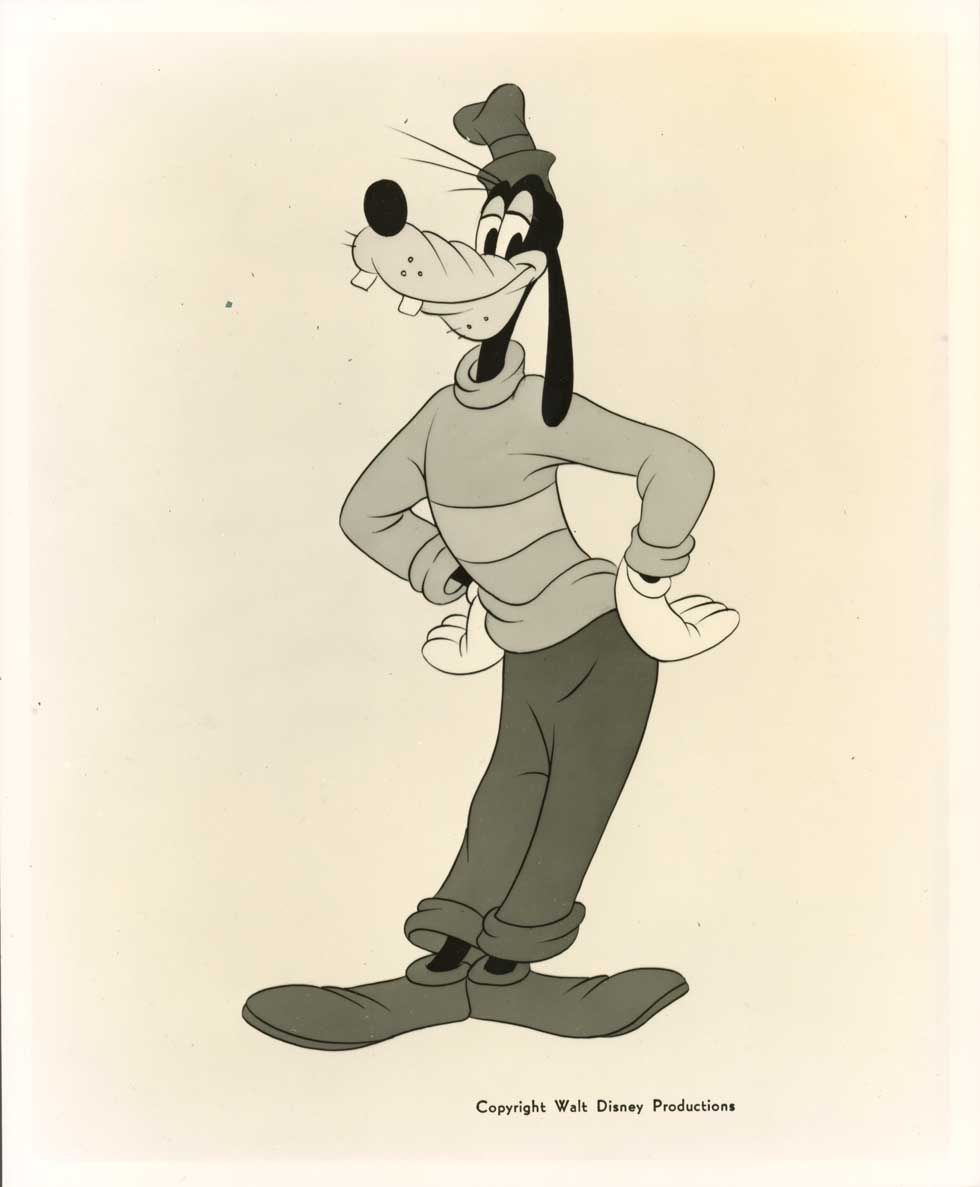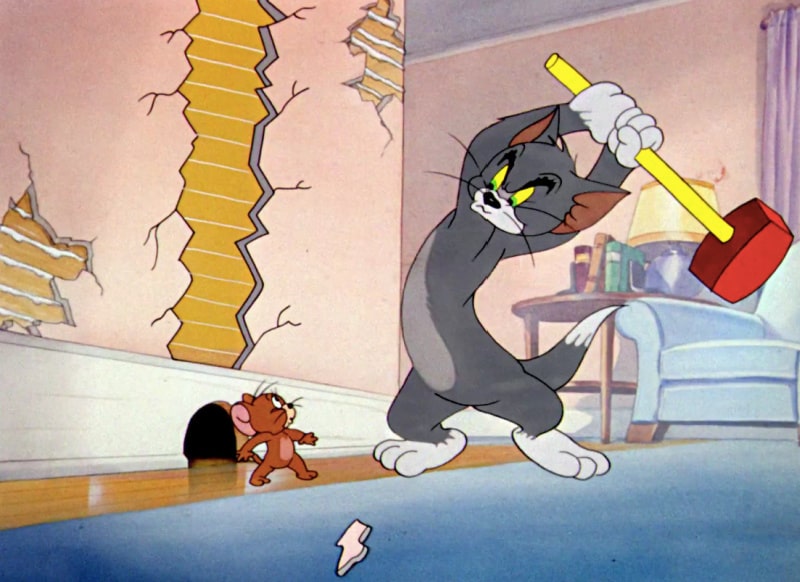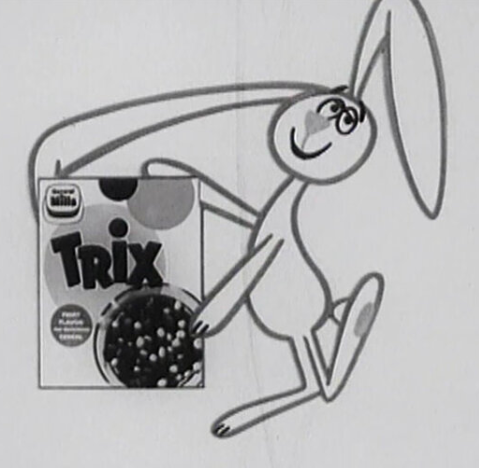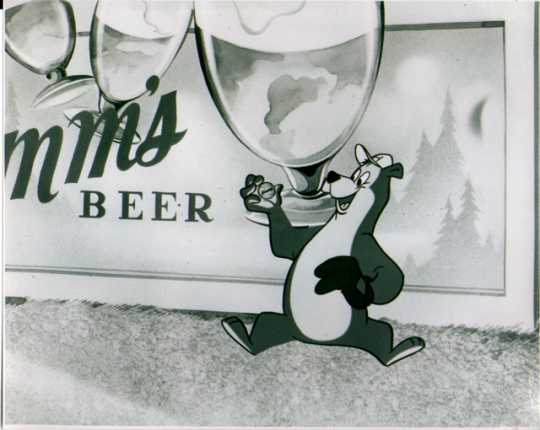How America’s Most Beloved Cartoon Characters Arrived On Screen
Brenna Connolly
March 24, 2023
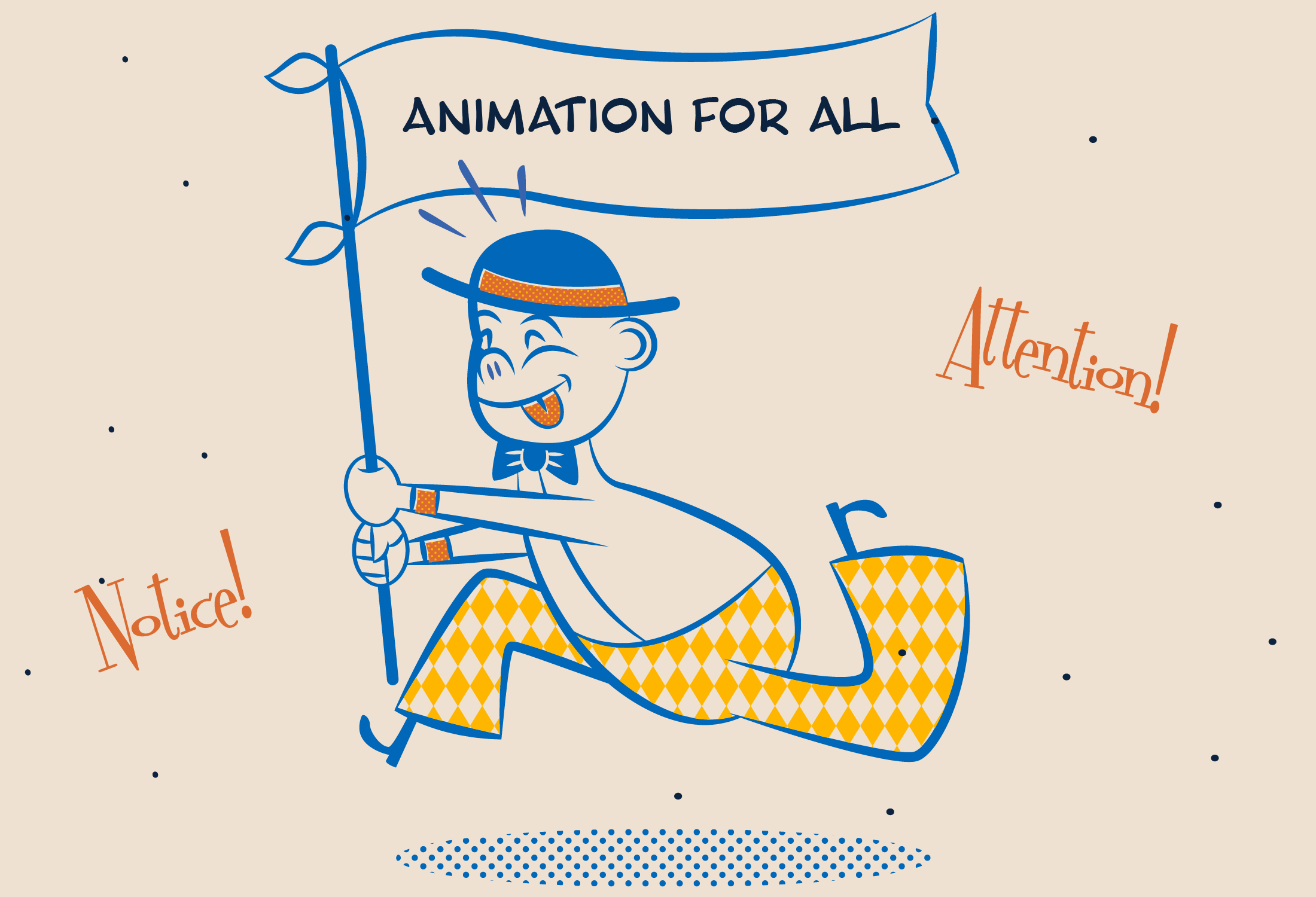
Animation refers to the process of creating moving pictures from a series of still images. Some of the original animations were made up of hundreds of still drawings or paintings done by hand to create sequences of movement. Today, animation can be accomplished through a number of different methods, like stop-motion with cutouts, puppets, and so on, but most animation is done through computer software to achieve a vast array of effects. As animation itself evolved from its birth in the 19th century, the technology used to make it did as well.
Gadget-Filled Birth of a Medium
Wacky techniques and unique gadgets abound in the history of animation. Some clever ways were devised to bring art to life as people tinkered with the magic idea.
First, there was the 1833 phénakisticope – a rotating disc of sequential images that created the optical illusion that they were moving. This device provided the first method of representing images in fluent motion. However, similar to the modern-day GIF, it only depicted a short continuous loop of images.
The same idea of sequential images shown in quick succession was expanded upon with the invention of zoetropes (1866) and flipbooks (1868). Soon, they started lengthening the clips and projecting them with a device Émile Reynaud invented, the Théâtre Optique. These minutes-long shows enthralled audiences who eagerly spent their pennies on the picture shows.
Golden Age of Animation
Animated cinema really came into its own in the first decade of the 20th century with primitive animations growing in the silent movie genre. Famously, in 1928, Disney’s Steamboat Willie was the first animation to have sound integrated right into the film – one of the first major wins that would catapult the company to international success. The short also introduced Mickey and Minnie Mouse to the world. Animation trends and technology continued to gain traction throughout the 1960s, this period being considered the “golden age” of animation. During this time, many beloved characters were created, including Bugs Bunny, Popeye, Goofy, Tony the Tiger, Woody Woodpecker, and many more stars of television and movie screens. Animation and cartoons were everywhere!
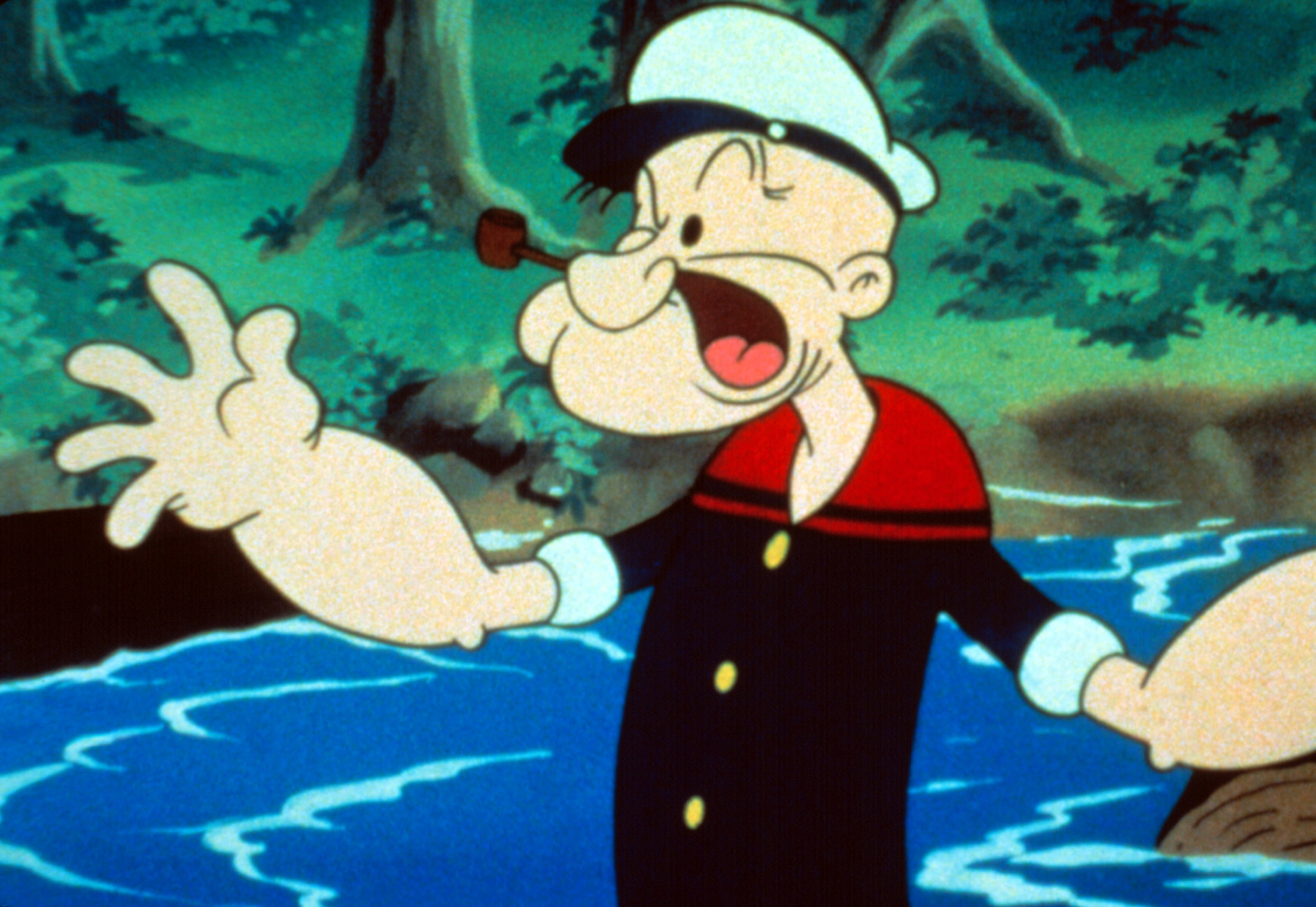
Animation in Marketing
Much has been written about the connection between advertising and animation and how the industries shaped each other as their capabilities developed. In the 1940s, commercial advertisements started becoming more popular as people installed TVs in their homes. The timeline came together perfectly for animated cartoon character heroes to start pitching products. Soon, while Fred Flintstone was yabbadabbadooing across American television screens, the Trix rabbit schemed over snatching fruity cereal during the ad breaks. Many American animated icons derived nearly indiscriminately from movies, television, and advertising.
Today’s Animation
As animation has become more advanced over the years, its accessibility has increased as well. Today, it’s not reserved just for huge companies; it’s affordable for small businesses as well. That means you, too, can reap the benefits of animation. And thanks to more widely-trained animators and more widely-available technology, the once uber-intensive process has a shorter turnaround time.
Animation in advertising is so powerful because of its ability to excite and entertain in the short amount of time available, the concept itself having reeled audiences in since its earliest inception. Having memorable animated characters showcase your business makes for a fun and relatable viewing experience – and ultimately, a more recognizable brand.
